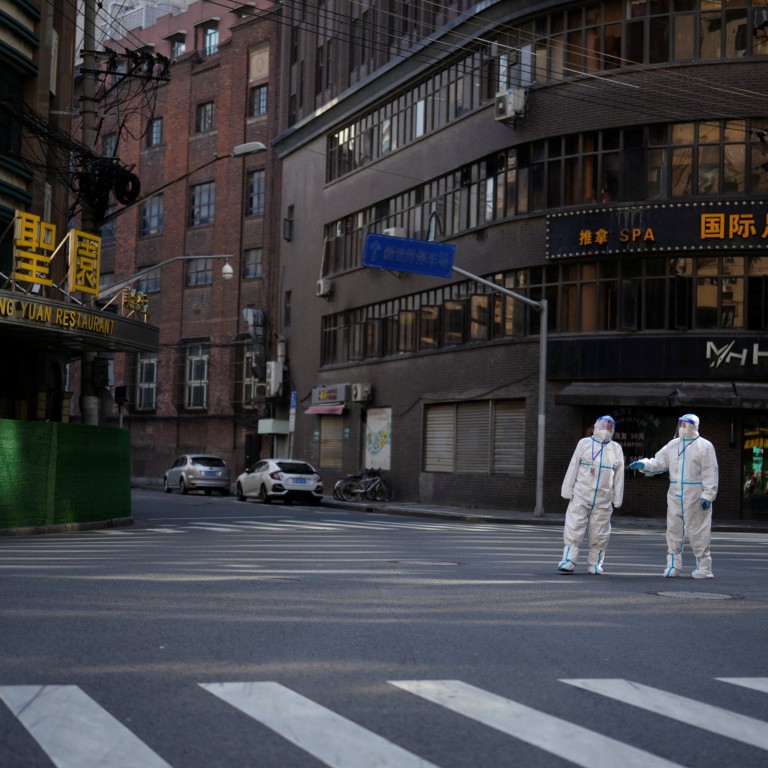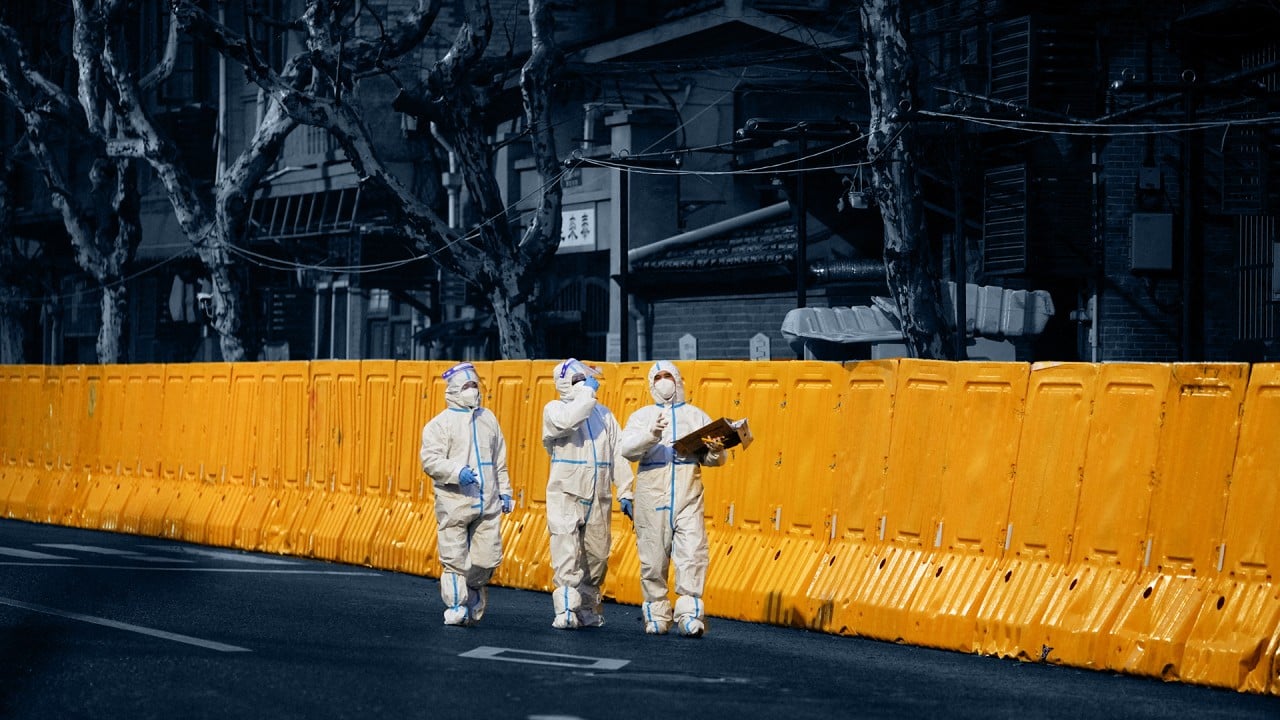
Is China readying a policy bazooka to rescue stock investors? Not this time, Swiss private bank says
- Official and private reports last month showed Chinese manufacturing contracted while consumption spending tanked
- Mainland stock markets lost US$1.7 trillion in market value in the first quarter, while losses in Hong Kong amounted to US$437 billion
Is it time for China to unleash its policy-easing bazooka to rescue long-suffering investors at home and abroad? Not this time, according to Norman Villamin, who oversees US$131 billion of client assets as chief investment officer for wealth management and head of asset allocation at Union Bancaire Privee, a Swiss private bank
“Policymakers have had the experience of deploying the biggest bazooka available to any major economy following the global financial crisis,” the Zurich-based money manager said in an interview. “To trade long-term sustainability of the economy for short-term growth is a choice that they are not ready to make. China is trying to avoid that path again.”
That might sum up why some investors are looking elsewhere. UBP itself exited from onshore Chinese equities in March, after trimming its positions in Hong Kong stocks in July and Chinese credit a year ago, Villamin said. Julius Baer, another Swiss private bank, last month said Chinese equities were no longer a core asset class in its allocation.
The Shanghai Composite Index fell 6.3 per cent in April, its second straight month of setback, the worst in the Asia-Pacific region. The Hang Seng Index retreated for a second month with a 3.4 per cent loss in April. They added to a US$1.7 trillion loss in onshore market capitalisation and US$437 billion in Hong Kong in the first quarter, according to Bloomberg data.
The broader MSCI China Index, covering 742 stocks with a market capitalisation of US$2.2 trillion, has fallen 17 per cent this year in addition to a 22 per cent slump in 2021.
Periodic Covid-19 lockdowns to control Omicron outbreaks have forced economists to pare their growth forecasts for China for the next two quarters, according to Bloomberg data. The odds of a recession have also risen to 23 per cent in its mid-April survey, from 16 per cent in March.
Still, other investors remain confident of “China put,” or official backstop to rescue the economy in an important year when President Xi Jinping is seeking to tighten his grip on power by seeking a third term.
UBS Global Wealth Management expects further rate cuts and stimulus measures to serve as near-term catalysts to markets. The firm cut its earnings forecasts for Chinese equities by 2 per cent to 11 per cent last month, citing lower growth in consumer discretionary, communication and industrials sectors.
That remains to be seen. China has so far been long on promises and pledges, but short on actions.
China’s pockets of demand are also vastly different from post global financial crisis, where it could rely on huge infrastructure investment like residential buildings to stimulate growth, Hui Shan, Goldman Sachs chief China economist, said in a podcast. Besides, Xi is also more into deleveraging the economy to cement his legacy.
“He might be having an even longer term view than his predecessors,” she said. “If you’re going to be in office for another 10 years, then what you worry about is not just stimulating the economy and getting the growth number this year, you also worry about five years down the road.”
Alpine Macro, a Montreal-based research firm, closed its long positions in the MSCI China Index and CSI 300 Index last week, having incurred losses of up to 34 per cent in its model portfolio. The bets were first initiated in September and December respectively “on China’s policy reflation efforts.”
“Both positions have gone beyond our risk tolerance, and for now we do not see a clear catalyst that can turn the market around,” said Yan Wang, its chief emerging markets and China strategist, who expects further earnings fallout under stringent zero-Covid policy. “The near-term situation is utterly unpredictable.”
Villamin of UBP cautioned that policy easing merely filled shortfalls, rather than catalyse growth. For him to return to buying Chinese stocks, the pendulum needs to swing more towards reflation and growth from the reform agenda.
“At this point, it strikes us that the reform movement remains the predominant focus within the economy,” said Villamin. “We need to see more progress, for example, restructuring in the property sector. Then that will be an important foundation upon which more sustainable reflation can emerge in the Chinese economy.”




